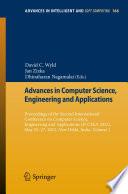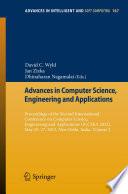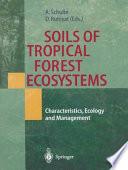
Frontiers in Computer Education
This book is the proceedings of the 2011 International Conference on Frontiers in Computer Education (ICFCE 2011) in Sanya, China, December 1-2, 2011. The contributions can be useful for researchers, software engineers, and programmers, all interested in promoting the computer and education development. Topics covered are computing and communication technology, network management, wireless networks, telecommunication, Signal and Image Processing, Machine Learning, educational management, educational psychology, educational system, education engineering, education technology and training. The emphasis is on methods and calculi for computer science and education technology development, verification and verification tools support, experiences from doing developments, and the associated theoretical problems.
- ISBN 13 : 3642275524
- ISBN 10 : 9783642275524
- Judul : Frontiers in Computer Education
- Pengarang : Sabo Sambath, Egui Zhu, Egui Zhu,
- Kategori : Computers
- Penerbit : Springer Science & Business Media
- Bahasa : en
- Tahun : 2012
- Halaman : 1178
- Halaman : 1178
- Google Book : https://play.google.com/store/books/details?id=dA6Idz3EFGIC&source=gbs_api
-
Ketersediaan :
Crowd Parameter Extraction from Video at the Main Gates of Masjid al-Haram
Hasan S.M. Al-Khaffaf1, Fazilah Haron1,2, Siamak Sarmady1, Abdullah Zawawi
Talib1, and Ibtesam M. Abu-Sulyman3 1 School of Computer Sciences, Universiti
Sains Malaysia, 11800 USM Pulau Pinang, Malaysia 2 Department of Computer
Science, College of Computer Science and Engineering, Taibah University, P.O.
Box 30002, Madinah, Saudi Arabia 3 Mathematical Science Department, College
of ...









